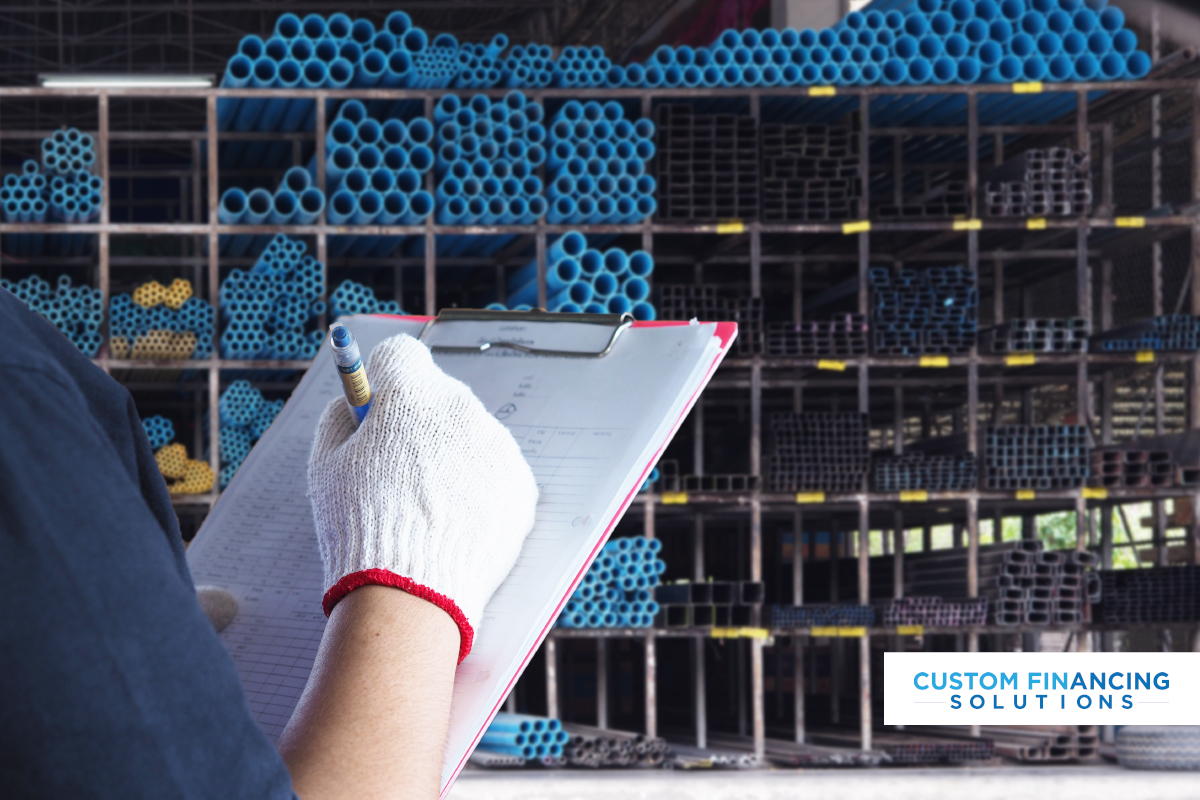Pipes are one of the most basic yet necessary elements in any type of construction. It helps transport elements like water, gas, or other liquids. These can be seen throughout the city you live in. Huge pipes connect houses to a central water supply.
As a contractor, you need to be aware of the different types of pipes used in construction.

Cast Iron Pipe
Cast-Iron pipe is made out of pig iron, which is obtained by smelting iron ore in blast furnaces. These are made in various sizes ranging from 5cm to 120cm in diameter. But this is not the limit, they can be made in bigger sizes as well.
Majorly used in water distribution systems, these have excellent durability. Under standard conditions, these can last anywhere from 60 to 100 years! However, with the increasing years, their strength wades away. It is advised to let them handle water pressure up to 7kg per square cm. These are economical and can be cut easily to fit. The right tool for this job is a manual or powered saw.
Steel Pipe
As the name indicates, steel pipes are made out of steel sheets. This results in lightweight pipes. The thin layer makes them prone to dents. Welding is done to join steel pipes to create a bigger one.
Steel in itself is not that durable. That is why steel pipes are galvanized with a zinc solution. This also helps to overcome the problem of rusting. Post galvanization, an average steel pipe does the job well for 20-50 years. Any water system that has acidic or alkaline water should not use these. The difference in pH will cause rusting.
Copper Pipe
Copper is used in its natural form to make copper pipes. Copper is costlier than other alternatives. Due to this fact, it isn’t used that often.
The advantage it has over its competition is that it complements the minimalist style. Homeowners tend to use copper pipes and fittings in their bathrooms. The lack of strength means it is not used in places that have excess water pressure. The natural heat resistance earns its use in saunas and similar places.
Plastic Pipes
Rust was a revisiting problem in the industry. This led to the creation and usage of plastic pipes.
They are versatile and can be cut, shaped, or molded with relative ease. It saved costs in installation, replacements, and transportation. The problem comes with hot substances. Plastic has electric resistance but its heat resistance is quite low which is why these should never be used for hot water. Plastic pipes are also used in the gutter systems of houses. Even with the option of seamless gutter on the rise, homeowners still consider this an option.
Vitrified Clay Pipe
Vitrified clay pipes have a smooth surface for hydraulic efficiency paired with a corrosion-free nature. These make it a great option to use in drainage.
Understanding the pros and cons of the different types of pipes helps you decide which one to use according to the situation. These types of small projects are over soon and require a different set of planning tips.
Our blogs at CustomFin are made to expand your knowledge of your industry. We also help by linking up with contractors to provide financing to their clients.









